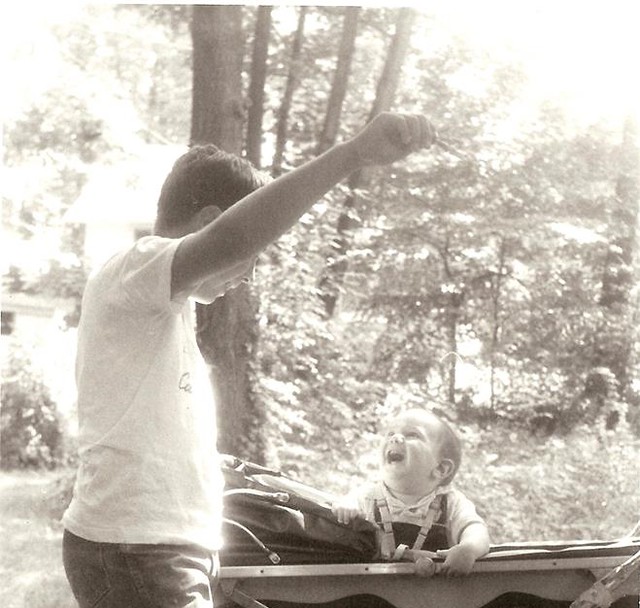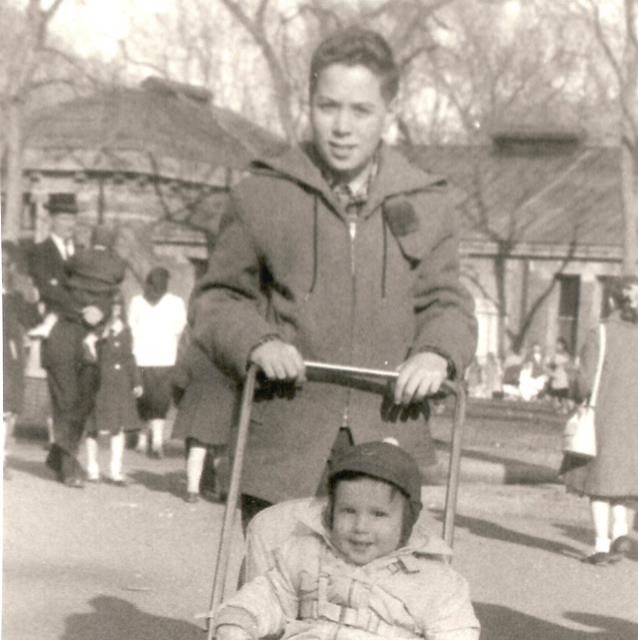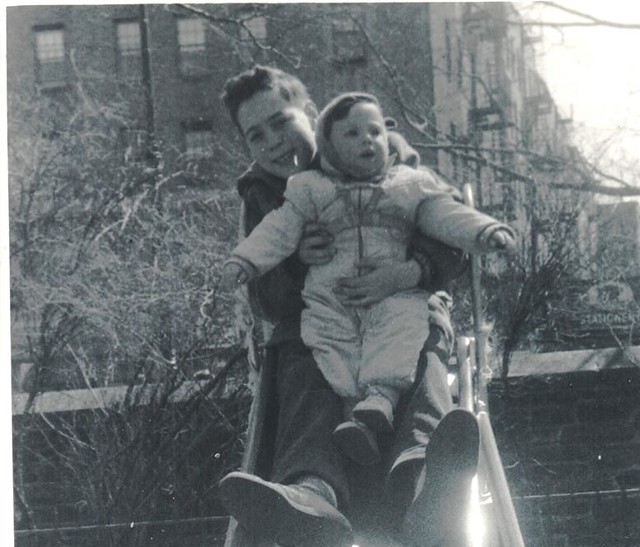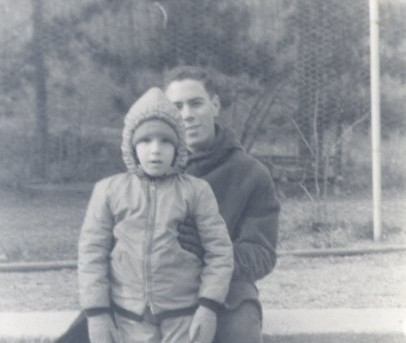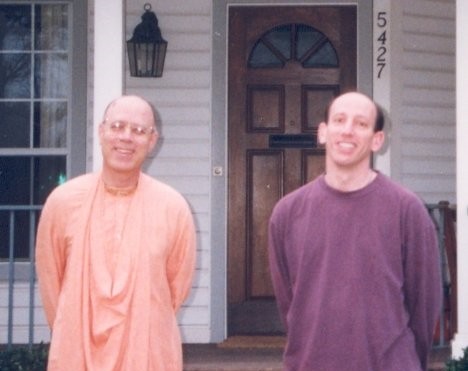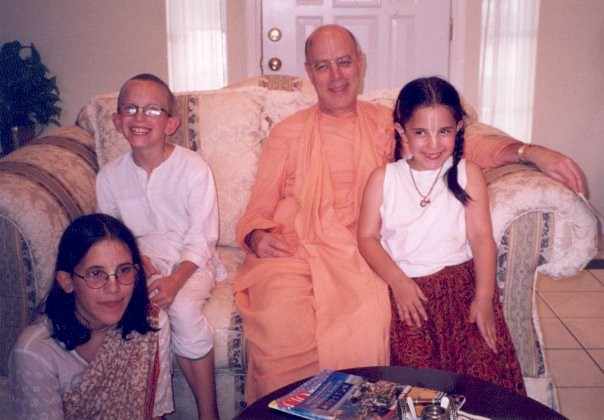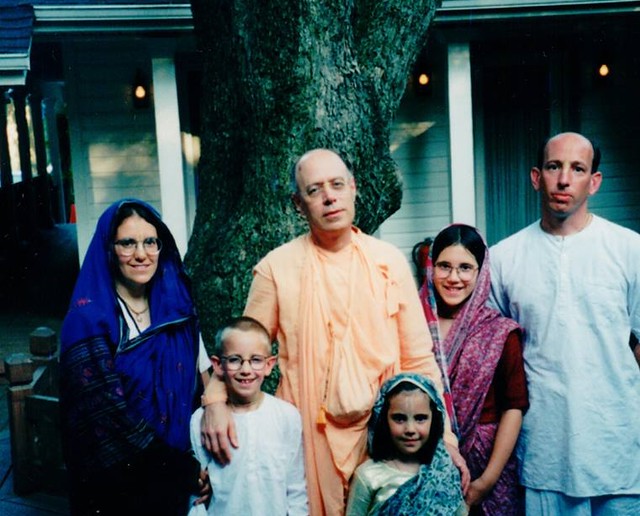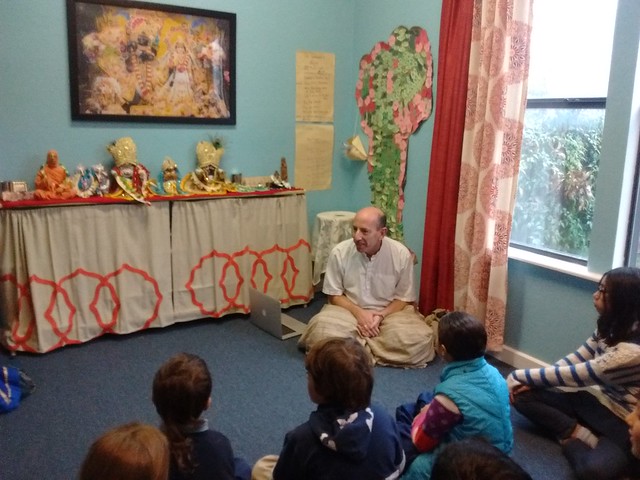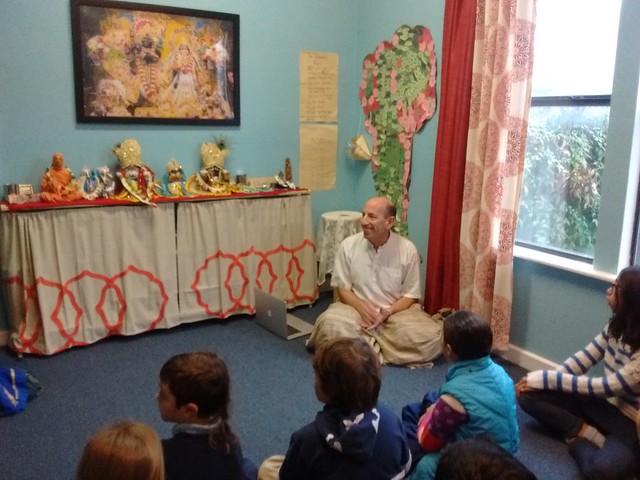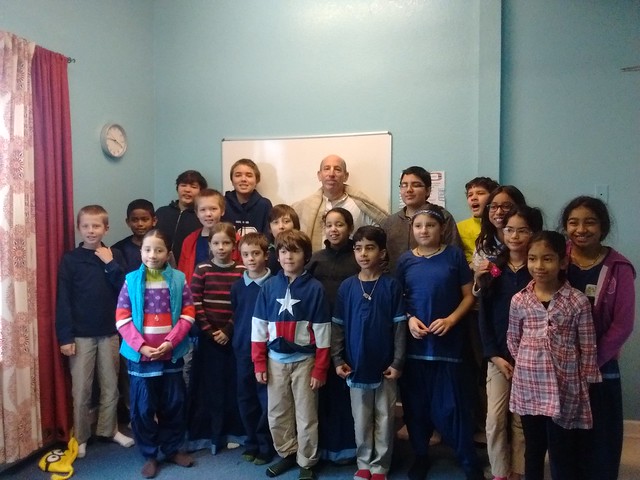
Since 1995, devotee youth headed by ISKCON Youth Ministry’s Manorama Das and his wife Jaya Sri Radhe Dasi have traveled all over the US and Canada every summer – and Mexico every winter. On each trip, they spread Krishna consciousness and get inspired themselves in the process.
This Christmas was a brand new experience, as they embarked on their first Caribbean tour. Eighteen youth aged 17 to 25 from the US and Europe supported the tour themselves, paying nearly $1,500 each to spend two weeks of their vacations from work and school doing non-stop Harinamas and book distribution.
They also cemented themselves as ISKCON pioneers by helping to put on Puerto Rico’s second Rathayatra and the first one ever in the Dominican Republic.
There was, of course, some good old relaxing Carribean vacation time too. The tour, which ran from December 18th to January 4th, began with a ziplining adventure over biosphere reserves in Utuado, Puerto Rico and a kayak ride into caves on the Tanama River.

Canoeing on the Tanama River in Utuado, Puerto Rico
When the company, Batey Zipline Adventures (which is run by two yoga practioners), gave the group an exceptional deal, the devotee youth thanked them the only way they knew how.
“We did a kirtan program in their office, and cooked a prasadam feast for them and all their guides,” says Manorama. “The program was also attended by Draco Rosa, a multiple Grammy-winning musician who wrote many of Ricky Martin’s songs and is famous in Puerto Rico. He is on his third relapse from cancer, which has made him very introspective. He was playing his maracas in the kirtan, took prasadam, and got a book from us.”
Next, the group continued their trip in Puerto Rico by performing Harinama and distributing Prabhupada’s books at a Christmas market in the southern town of Ponse; and visiting the Las Paylas natural rock slide in the El Yunque natural rainforest.
They then spent Christmas Eve doing a six-hour kirtan at New Govardhana Hill, ISKCON Puerto Rico’s temple in the suburbs of capital San Juan.

Ratha Yatra in San Juan
“The devotees there fed us a huge feast, and then we spent all of Christmas Day doing Harinama in old San Juan, the medieval part of the city that was established by descendents of Christopher Columbus in the early 1500s,” says Manorama.
The day after Christmas, the youth did yet another Harinama in San Juan, this time in the evening while there was a major hip-hop concert going on, and the center of town was crowded with thousands of people.
“There aren’t so many devotees in Puerto Rico, so most people had no idea what we were all about,” Manorama says. “They were just staring in wonder, and then, because people are so into dancing in Puerto Rico, a lot of them tried to follow along and dance with us like they were learning a new move. They were really getting into the spirit of it – it was so nice.”
The youth also provided the bulk of the entertainment for the second annual San Juan Rathayatra, for which the local devotees built their own cart and Bhadra Das from Florida supported them in organizing the festival.
Tulasi Sutaria, sister of UK-based kirtan artist Jahnavi Harrison, led the kirtan as the parade wound its way through old San Juan, a perfect location with its busy pedestrian thoroughfare, street vendors, cruise ship ports, tourists and trendy eateries.
At the stage program after the parade, the youth presented a forty-five-minute kirtan, two Bharatanatyam dances, and Under The Influence, a powerful ten-minute skit about the soul finding his way back to Krishna through the struggles of the material world. The piece had local GBC Virabhahu Das commenting, “I was moved to tears. And I’m not usually one to cry!”
“It was all very new to the public in Puerto Rico, but they were very receptive,” Manorama says. “Even the policemen were very curious and super friendly.”
After Puerto Rico, the youth group took a one-hour flight to the Dominican Republic, which shares the island of Hispaniola with Haiti.
There, they visited the Govinda’s restaurant in Puerto Plata, in the North of the island, spent time at Playa Dorada (Golden Beach), and went on the famous 27-waterfall hike at Damajagua, sliding down natural rock slides and dropping as far as twelve feet into pools below.

At the Damajagua waterfalls in Puerto Plata, Dominican Republic
In the evening, the youth went on Harinama in the rural town of Puerto Plata, where they inspired the high school kids hanging out there to dance with them, and bravely took on the challenge of distributing books in Spanish.
“The next day, we had our own morning program with the youth on the roof of the devotee’s home where we were staying,” says Manorama. “We looked out over the ocean as we read inspiring verses from the Bhagavad-gita, about how the yajna for this age is Harinama Sankirtana.”
After a short vist to the beach town of Cabarete, the tour moved on to the island’s capital, Santo Domingo, for a stomping New Year’s Eve kirtan at the ISKCON temple there.
“It was so lovely – the devotees there don’t have much, but they love to dance!” says Manorama. “They just got into it, rocking out in the temple for two or three hours strong until midnight. The next day, we sat around in a circle with some of the local youth to get to know each other, and they said, ‘The best thing that ever happened to us is all of you guys visiting. Because we never have any devotee youth association here.’ It was very touching.”

Getting local high school kids to dance in Puerto Plata
On New Year’s Day, the youth learned to think of others by presenting each other with “Secret Santa” gifts, inspired by the six loving exchanges amongst devotees cited in Rupa Goswami’s Nectar of Instruction. In the evening, they again distributed books and performed their most popular Harinama yet, with many people dancing enthusiastically along with them.
On January 2nd, the atmosphere was supercharged as Dominican ex-pats flew in from all over the world for the huge family reunion that was the first ever Rathayatra in the Dominican Republic.
In an effort to reach all of the public, the parade began in a poorer part of Santo Domingo, where street children immediately crowded around the devotees, asking excitedly for flower garlands, gopi dots and tilak.
“We don’t usually venture into underprivileged parts of town with North American Rathayatras,” says Manorama. “So it was a new and moving experience. We heard one of the children saying to their friend who had just received gopi dots, ‘Oh, now you look beautiful!’ And although the parents were more reserved, the kids were all chanting the maha-mantra along with us.”

Chandi Williams distributes books in Puerto Plata
The Dominican Rathayatra turned out to be the biggest challenge of the tour for the youth. After leading the kirtan for much of the three-and-a-half-hour route through the old colonial town, they arrived, worn out, to discover that they were the only performers at the festival site in the Plaza de España square. Reaching deep to find their last reserves of energy, they performed their drama, several Bharatanatyam dances, and the final kirtan onstage, before collapsing, exhausted.
Manorama recalls one girl psyching herself up for the effort: “I remember Malini from Sweden saying, ‘This is the life! This is what we live for! Even though we’re so tired, we’ve got to give it our best, because this is their first ever Rathayatra, and we’ve got to make it really nice for them.’ Then she said, ‘I can do it! I can do it!’ And jumped on stage to dance with everyone.”

The first ever Rathayatra in Santo Domingo, Dominican Republic
To replenish before the end of their trip, the group spent some time relaxing at Saona Island on its pristine, postcard Caribbean beaches, then flew back home.
While such overseas tours probably won’t be possible again without funding due to their prohibitive costs, the Caribbean tour was a unique trip for the youth. Unlike previous tours they flew to their destination, stayed at devotees’ homes rather than on their tour bus, and rented vans to take them around the country.
But most importantly, they were rewarded by the friendliness and care of the Dominican devotees, and saw the impact they made in return. “There’s only about 30 local devotees on the island, and they don’t get much association from abroad,” Manorama says. “So we really felt how much they appreciated us.”

The performers of the play Under the Influence
Beyond this were the typical benefits of an ISKCON Youth Ministry tour: spiritual inspiration, and making new devotee friends from all over the world -- friendships that last a lifetime and keep the youth connected to Krishna consciousness.
“We’ve really become like a close family,” says Tulasi Sutaria from the UK, one of the main kirtan leaders on the tour. “And that makes our spiritual activities like kirtan or harinama an especially connected experience.”
“I began 2015 on an ISKCON Youth Ministry tour, and ended it on a tour,” says Anandarupa Kundu, 21, from Atlanta. “It’s been nice to make that full circle, and to reflect on how I’ve developed spiritually, and as a person. Talking to the older youth on the tour has helped me find my way in life.”

Performing kirtan onstage at the first Rathayatra in the Dominican Republic
He adds, “As I get older, a lot of my time is taken up by work and school. And so being able to take time out to be on the tour and be around devotees 24/7 is a really strong spiritual recharge for me. It really helps me focus on the bigger picture.”
* * *
To help ISKCON youth spread Krishna consciousness and inspire themselves in the process, please donate here: http://youthbustour.com/donate/

 This Ratha Yatra was tribute to Sadhu Jivana Prabhu, a tireless devotee, a good friend, whose paintings adorn Radha Krsnacandra temple in Manipur and every Jagannatha ratha is complete because of his paintings…..above all his hard work made so many of us smile blissfully…He made Srila Sripad happy, Srimat Subhag Swami is always pleased with him, definitely Srila Prabhupada is happy with him and surely Jagannatha is happy with him. He made all of us smile to see Jagannatha Ratha yatra in so many places of Indonesia….Maharaj Kavichandra, Maharaj Bhakti Raghava and Ramai Maharaj. All of us owe so much of our bliss to Sadhu Jivana Prabhu who was left his body a week before this ratha yatra in a hospital in Bali, Indonesia. Srimat Subhag Maharaj uttered a prayer for him, “My dear Lord, please be merciful to Sadhu Jivana prabhu so that he can continue to serve you.” In Maharaja’s words…’he is a wonderful devotee, you can chant extra rounds for him.’
This Ratha Yatra was tribute to Sadhu Jivana Prabhu, a tireless devotee, a good friend, whose paintings adorn Radha Krsnacandra temple in Manipur and every Jagannatha ratha is complete because of his paintings…..above all his hard work made so many of us smile blissfully…He made Srila Sripad happy, Srimat Subhag Swami is always pleased with him, definitely Srila Prabhupada is happy with him and surely Jagannatha is happy with him. He made all of us smile to see Jagannatha Ratha yatra in so many places of Indonesia….Maharaj Kavichandra, Maharaj Bhakti Raghava and Ramai Maharaj. All of us owe so much of our bliss to Sadhu Jivana Prabhu who was left his body a week before this ratha yatra in a hospital in Bali, Indonesia. Srimat Subhag Maharaj uttered a prayer for him, “My dear Lord, please be merciful to Sadhu Jivana prabhu so that he can continue to serve you.” In Maharaja’s words…’he is a wonderful devotee, you can chant extra rounds for him.’